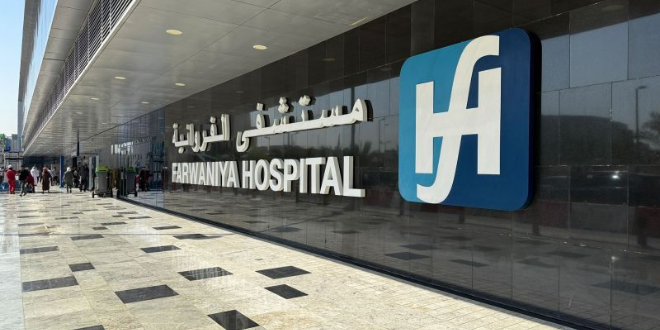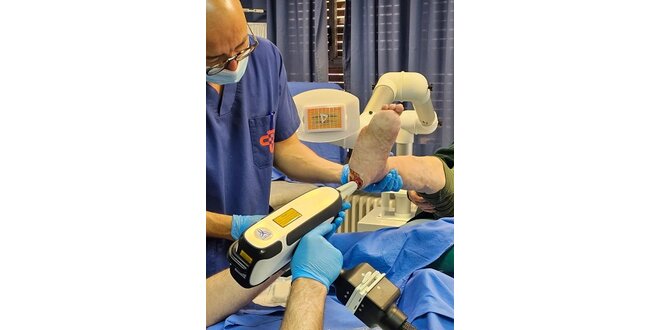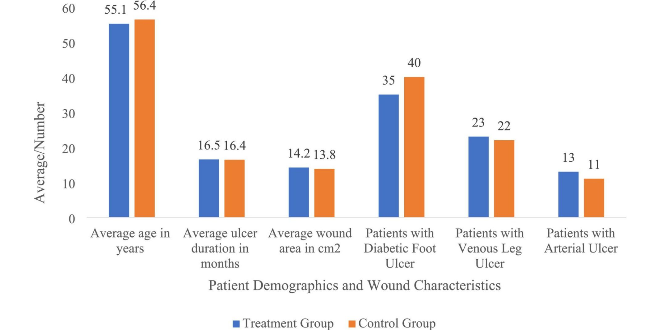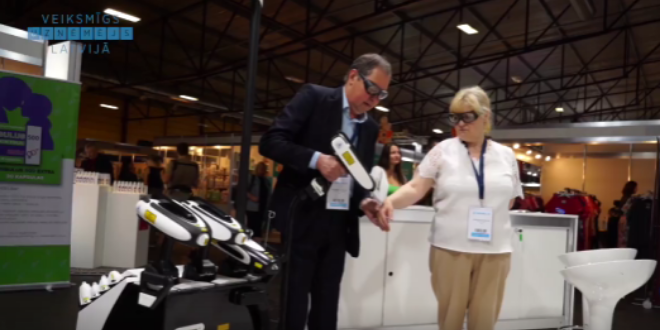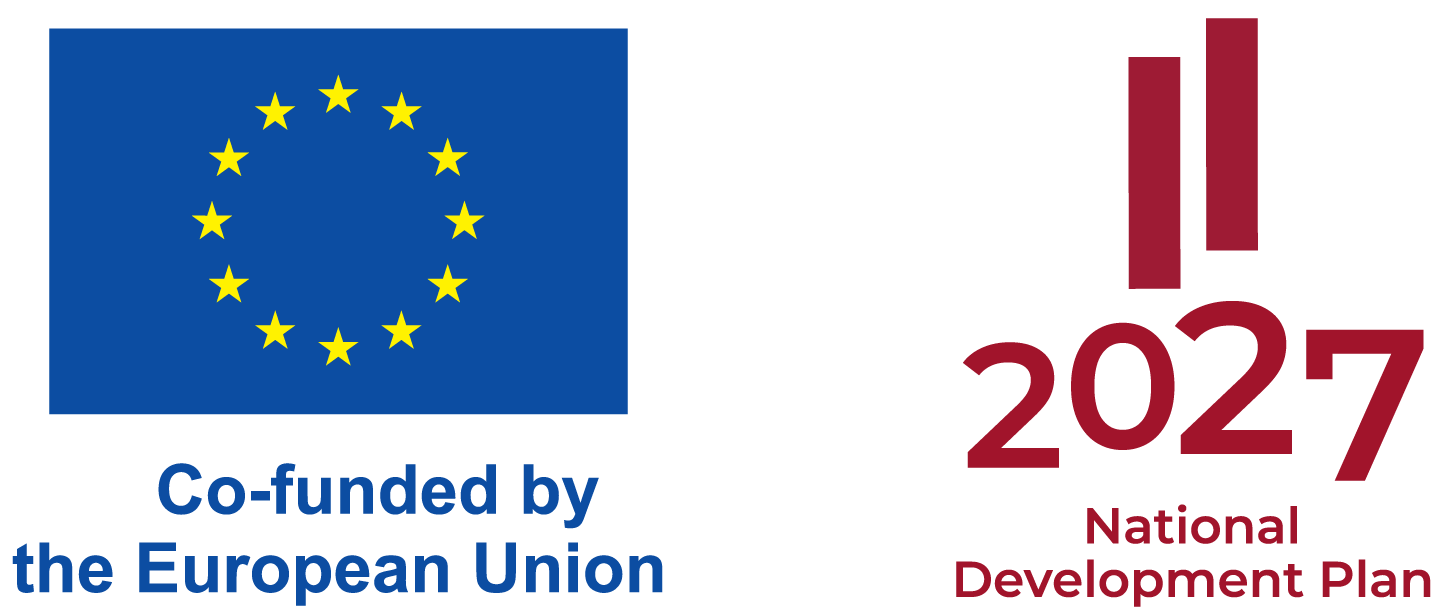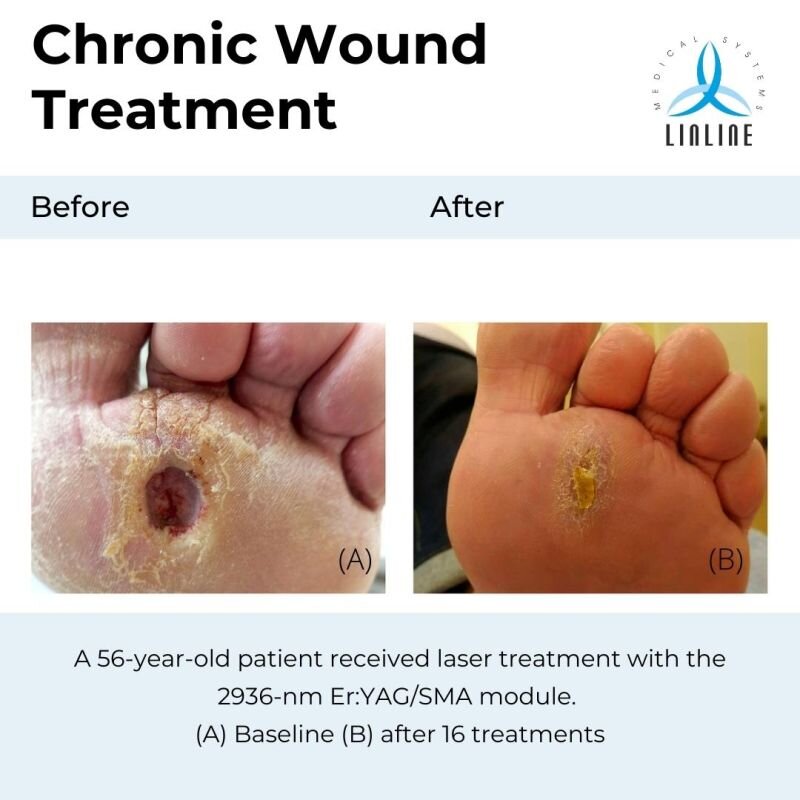
The chronic wound treatment method you’ve never heard of — a turning point in medicine.
Meet RecoSMA — an innovative technology able to meet the challenges of chronic wound treatment.
Wounds that fail to progress and show no significant improvements toward healing are considered chronic. Usually, such wounds are not caused by external factors. Their causes lay inside the body. The main problem in chronic wound treatment is the difficulty in eliminating factors contributing to delayed healing. However, as to treatment of chronic wounds, enhancement of trophic factors, activation of reparative processes in the wound and stimulation of tissue repair are also effective way to address the problem.
For this purpose, we have developed a new innovative method using the Er:YAG (2936 nm) laser with a unique SMA module — through spatially modulated ablation, it causes non-thermal microdamage without threatening the healthy state of the surrounding tissues. SMA module transmutes a laser beam into microbeams (up to 10000/sq. cm). Microablation does not exceed 50 microns. As a result, such beams generate powerful acoustic waves that when colliding with each other create zones of micro-damage at a depth of up to 6 mm.
Erbium laser affects not only tissues but also the wound exudate, including tissue detritus, fibrin, biofilm and microflora. i.e., the debridement of wound surfaces is achieved under the effect of laser ablation. Considering that erbium laser does not cause thermal damage to the underlying tissues, laser debridement is carried out in a non-traumatic manner.
Patient K., 56 y.o. suffered from diabetes II for 5 years.
After the injury of the skin of the plantar surface of the foot, a wound that had appeared significantly increased in size to 2x1 in diameter and 1 cm in depth.
Patient K had a course of laser treatments with Multiline Laser Platform (Er:YAG/SMA module). Treatment was carried out every other day for the first two weeks, then twice a week. After 16 treatments, complete epithelialisation of the wound was noted, and only a small hyperkeratosis of the plantar surface remained.




 05.09.2022
05.09.2022




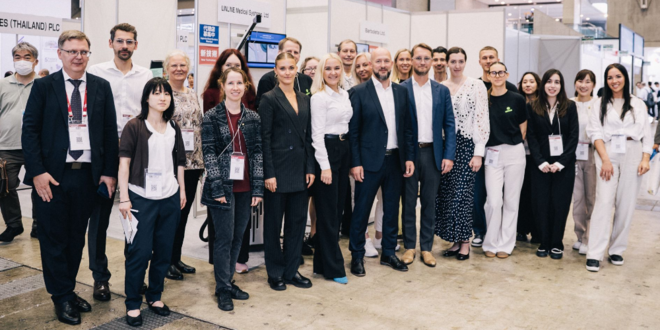
 06.10.2025
06.10.2025